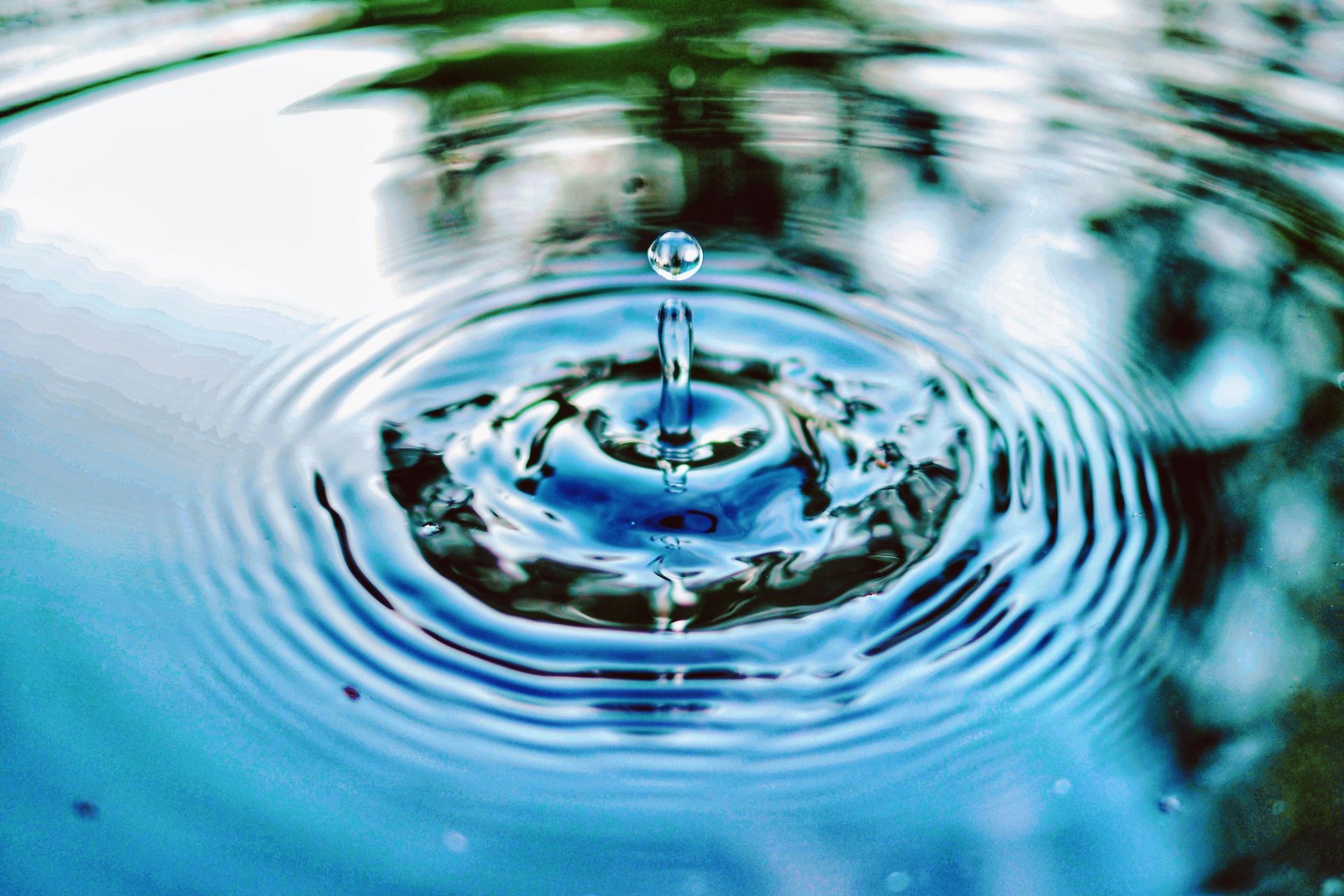Aquamation
What is Aquamation?
Since 1960, providing compassionate funeral care has been our family tradition. At Tranquility Cremation by Aquamation, we understand the joys and challenges of the many relationships that touch so many lives. It isn't just our training and education that helps us to understand, it's also because of the fact that these relationships so profoundly touch us too. Therefore, it makes sense to trust the care of your entire family, including your beloved pet, to the trusted funeral professionals. Contact Us Here if you have any questions.
Aquamation vs. Cremation
- A gentle & dignified process.
- A flameless process that uses 95% water instead of fire.
- 20% more ashes returned to the family
- A green process with no emissions or harmful greenhouse gases.
We are proud to be North Carolina’s first funeral home provider of Human Aquamation. We are also proud to be the FIRST complete Aquamation facility in the U.S, offering both human and pet Aquamation.
Aquamation—sometimes called alkaline hydrolysis —is a gentle, environmentally friendly alternative to fire cremation. It is a quiet, water-based process that reduces the remains to dust/ash, and is returned to the family.
What is Aquamation?
The difference: traditional burial, cremation and Aquamation
Whether you choose burial, flame cremation or aquamation, in the end, the body breaks down to its basic element of bone ash. The difference between burial, cremation and aquamation is the time the process takes and how the transition occurs. With burial, soil and microorganisms are the catalysts and take as much as 25 years to reduce the body to bone. Cremation does so very quickly through the application of fire. The aquamation solution is water (95%) blended with an alkali solution of potassium hydroxide (KOH), and sodium. The body is placed in a stainless steel chamber where water and alkali are added and the temperature is raised. As the circulation of hot water (never boiling) and alkali work together, the earthly body is returned to its natural element of water, leaving the skeletal remains behind.

